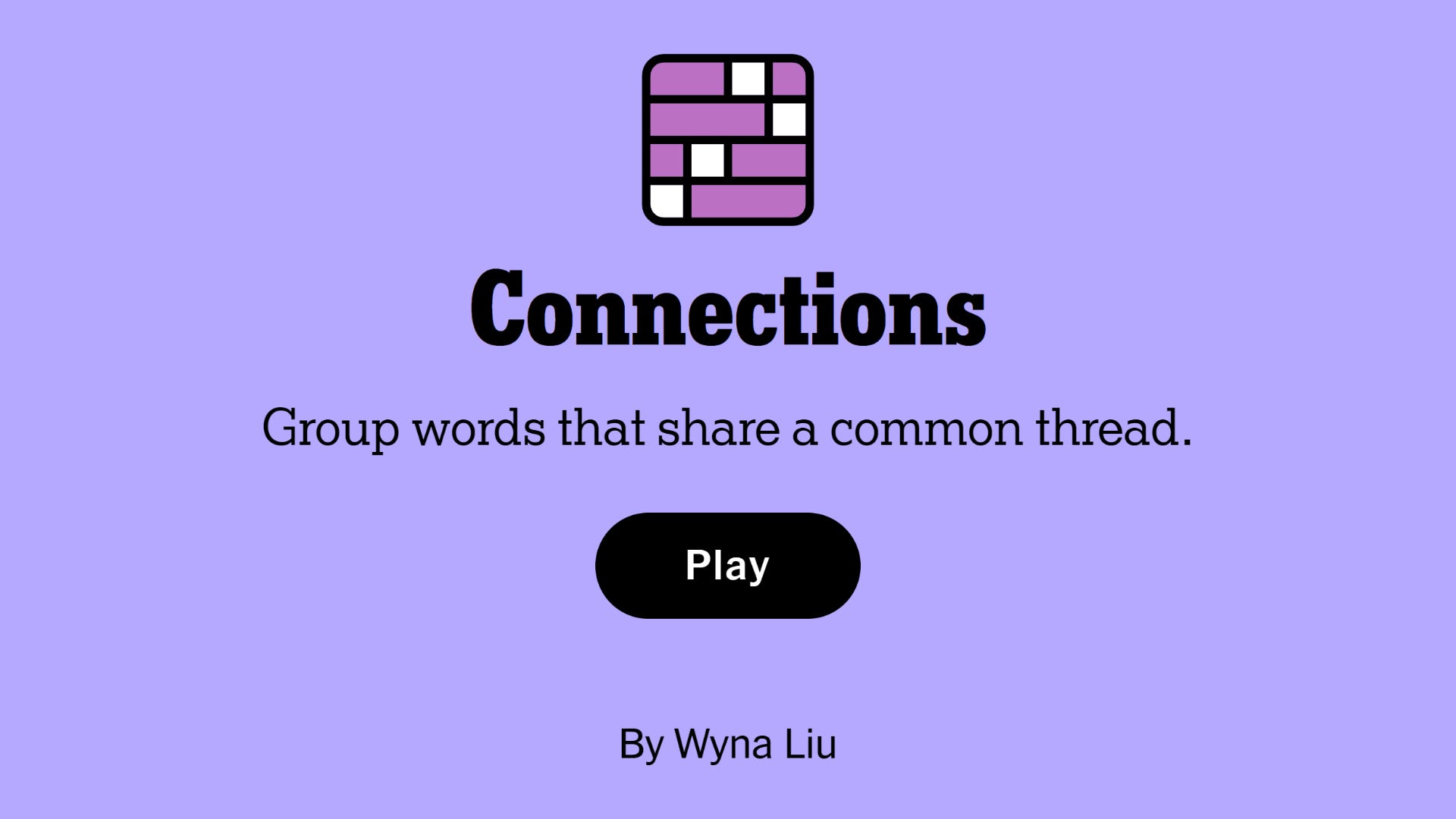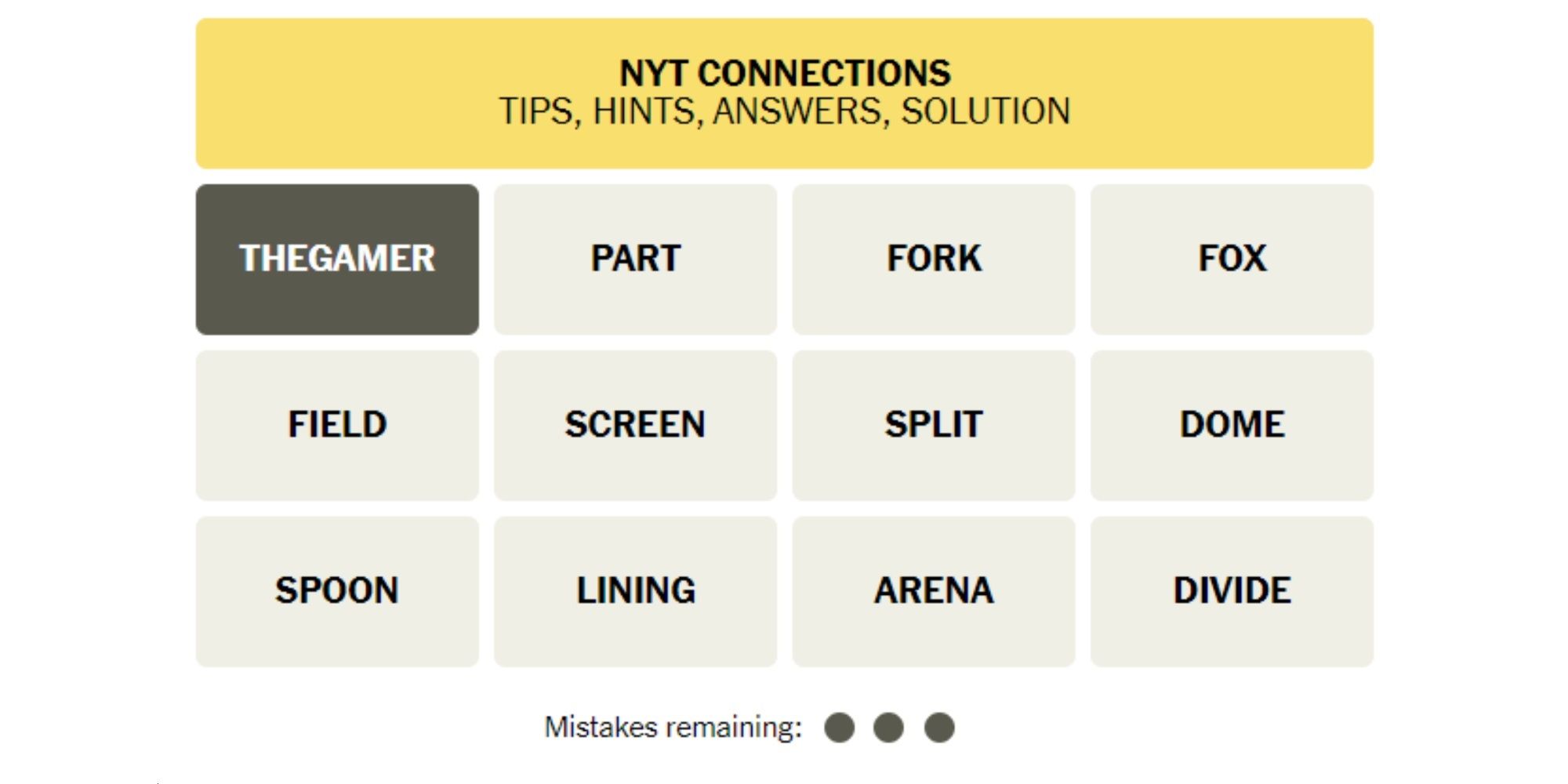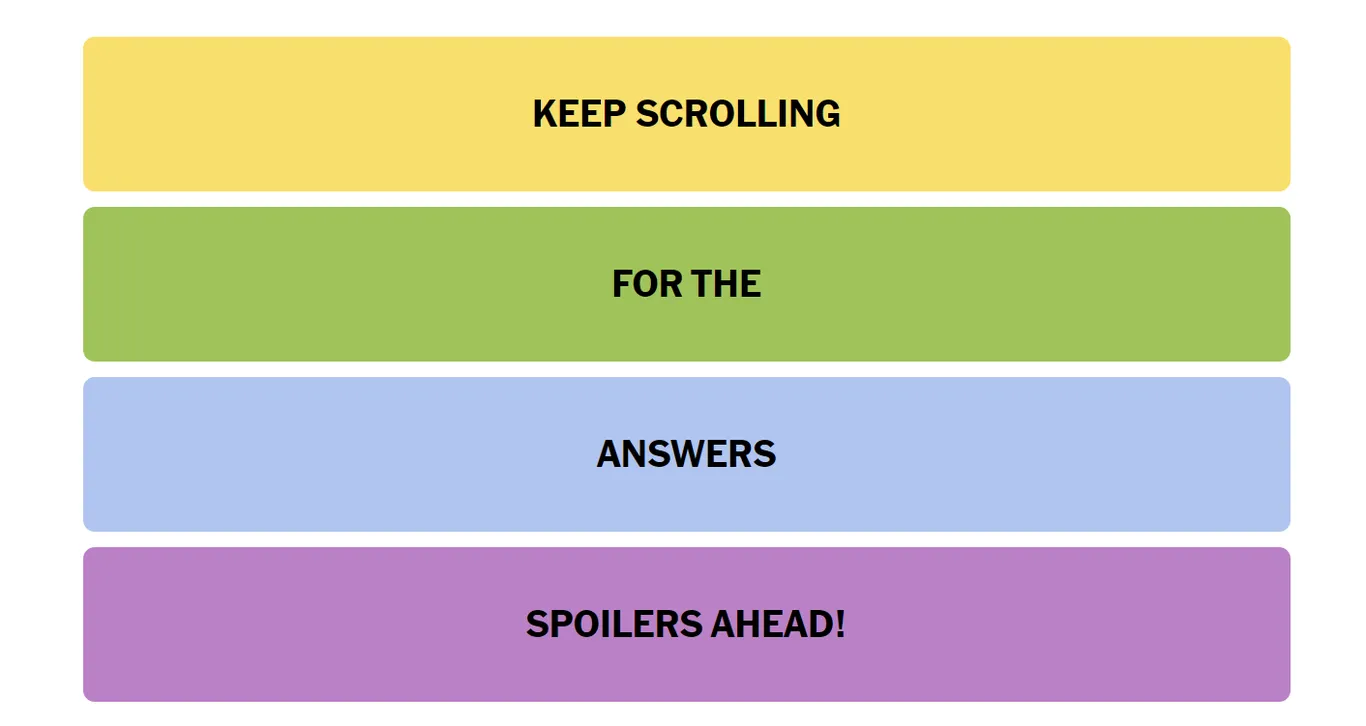Unraveling The NYT Connections: Cracking The March 3 Sports Puzzle
The March 3 sports puzzle has been a source of fascination for many sports enthusiasts, particularly those who follow the New York Times (NYT) connections. The puzzle, which typically features a grid of interconnected words and phrases, requires solvers to decipher the cryptic clues and unlock the hidden connections between seemingly unrelated entities. In this article, we will delve into the world of NYT connections and explore the intricacies of the March 3 sports puzzle, providing insights and strategies to help you crack the code.
For those who may be unfamiliar with the NYT connections, the puzzle typically involves finding a specific set of words or phrases that are linked to each other through various relationships. These relationships can range from semantic connections, such as synonyms or antonyms, to more abstract links, like shared concepts or historical events. The goal is to identify these connections and use them to fill in the missing words or phrases in the puzzle.
One of the key challenges in solving the NYT connections is understanding the nuances of the language used in the puzzle. The NYT is known for its sophisticated and often opaque writing style, which can make it difficult to decipher the intended meaning behind the clues. To overcome this challenge, it's essential to develop a keen understanding of wordplay, language patterns, and the conventions of the NYT's editorial style.
Understanding the Basics of NYT Connections
The Types of Connections
There are several types of connections that can be used to solve the NYT connections. These include:
- Synonyms: Identifying words that have similar meanings or connotations.
- Antonyms: Finding words that have opposite meanings or connotations.
- Semantic relationships: Identifying words that share similar concepts or ideas.
- Anagrams: Solving word puzzles by rearranging letters to form new words.
- Historical references: Using knowledge of historical events or figures to make connections between words or phrases.
Common Language Patterns
NYT connections often rely on subtle language patterns and conventions that can be used to your advantage. Some common patterns include:
- Alliteration: Using words that start with the same sound to create a rhythmic effect.
- Assonance: Using words that have the same vowel sound to create a musical effect.
- Consonance: Using words that have the same consonant sound to create a harmonious effect.
- Metaphor: Using words that convey a comparison or analogy between two seemingly unrelated concepts.
Strategies for Solving the NYT Connections
Starting with the Basics
When approaching the NYT connections, it's essential to start with the basics. Here are some strategies to keep in mind:
- Read the clues carefully: Pay attention to the wording and phrasing of the clues to identify the relationships between the words or phrases.
- Look for patterns: Identify patterns in the language or syntax of the clues to help you make connections between words.
- Use word lists: Keep a list of common synonyms, antonyms, or related words to help you make connections.
- Eliminate impossible answers: Use the process of elimination to narrow down the possible answers and increase your chances of success.
Advanced Techniques
For more experienced solvers, here are some advanced techniques to help you crack the code:
- Anagramming: Use anagramming techniques to solve word puzzles and make connections between words.
- Cross-referencing: Use cross-referencing techniques to identify connections between words or phrases.
- Using auxiliary words: Use auxiliary words like "said" or "claimed" to help you make connections between words or phrases.
- Working backwards: Work backwards from the solution to identify the relationships between words or phrases.
Tips and Tricks
Here are some tips and tricks to help you improve your skills and increase your chances of success:
- Practice regularly: The more you practice, the more comfortable you'll become with the language and conventions of the NYT connections.
- Join a community: Join online communities or forums to connect with other solvers and share tips and strategies.
- Use technology: Utilize online tools and software to help you identify connections and solve puzzles.
- Stay organized: Keep a record of your progress and note any patterns or relationships you identify.
Advanced Concepts and Theories
For more advanced solvers, here are some advanced concepts and theories to explore:
Theories of Semantics
One of the key challenges in solving the NYT connections is understanding the nuances of semantics. Theories of semantics, such as semantic fields and semantic networks, can help you identify connections between words or phrases.
Lexical Relationships
Lexical relationships, such as synonymy and antonymy, can be used to identify connections between words or phrases. Understanding the nuances of lexical relationships can help you make more accurate connections.
Conceptual Relationships
Conceptual relationships, such as metaphor and analogy, can be used to identify connections between words or phrases. Understanding the nuances of conceptual relationships can help you make more accurate connections.
Conclusion
Solving the NYT connections requires a combination of linguistic expertise, strategic thinking, and practice. By understanding the basics of NYT connections, using advanced techniques, and staying organized, you can improve your skills and increase your chances of success. Whether you're a seasoned solver or just starting out, the world of NYT connections offers a challenging and rewarding puzzle to solve.
Safaiddiqui Age
Who Isteve Harvey Voting For
Sabrina Banks Fans
Article Recommendations
- Jelly Beans
- Joan Van Ark
- Chaun Woo Parents
- Taylorwift Weight
- Mike Lindell Wife 2024
- Karen Finney Husband
- Aishahofeyd Fans
- Kimbra
- King Baldwin
- Sam Milby And Catriona Gray



